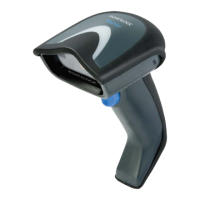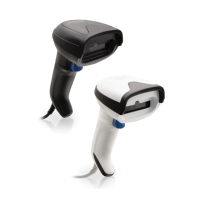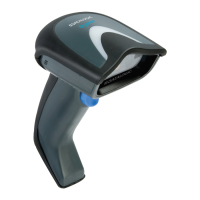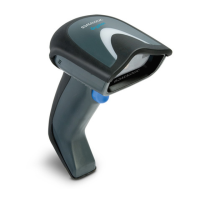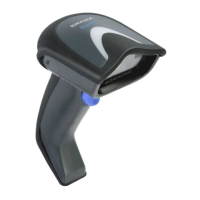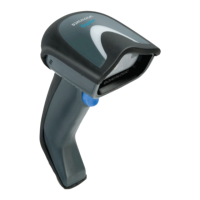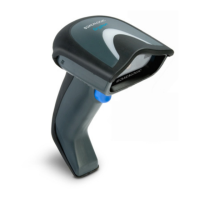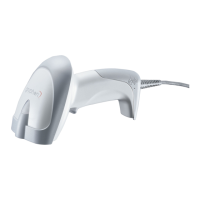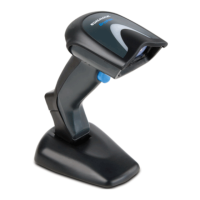BATTERY SAFETY
PRODUCT REFERENCE GUIDE
3
As with other types of batteries, Lithium-Ion (LI) batteries will lose capacity over time.
Capacity deterioration is noticeable after one year of service whether the battery is in
use or not. It is difficult to precisely predict the finite life of a LI battery, but cell manu-
facturers rate them at 500 charge cycles. In other words, the batteries should be
expected to take 500 full discharge / charge cycles before needing replacement. This
number is higher if partial discharging / recharging is adhered to rather than full / deep
discharging,
The typical manufacturer advertised useful life of LI batteries is one to three years,
depending on usage and number of charges, etc., after which they should be removed
from service, especially in mission critical applications. Do not continue to use a battery
that is showing excessive loss of capacity, it should be properly recycled / disposed of
and replaced. For most applications, batteries should be replaced after one year of ser-
vice to maintain customer satisfaction and minimize safety concerns.
Collect and recycle waste batteries separately from the device in compliance with Euro-
pean Directive 2006/66/EC, 2011/65/EU, 2002/96/EC and 2012/19/EU and subsequent
modifications, US and China regulatory and others laws and regulations about the envi-
ronment.
CAUTION: Always charge the battery at 32° – 104°F (0° - 40°C) tempera-
ture range.
Use only the authorized power supplies, battery pack, chargers, and docks
supplied by your Datalogic reseller. The use of any other power supplies
can damage the device and void your warranty.
Do not disassemble or modify the battery. The battery contains safety and
protection devices, which, if damaged, may cause the battery to generate
heat, explode or ignite.
Do not place the battery in or near fire, on stoves or other high temperature
locations.
Do not place the battery in direct sunlight, or use or store the battery
inside cars in hot weather. Doing so may cause the battery to generate
heat, explode or ignite. Using the battery in this manner may also result in
a loss of performance and a shortened life expectancy.
Do not place the battery in microwave ovens, high-pressure containers or
on induction cookware.
Immediately discontinue use of the battery if, while using, charging or
storing the battery, the battery emits an unusual smell, feels hot, changes
color or shape, or appears abnormal in any other way.
Do not replace the battery pack when the device is turned on.
Do not remove or damage the battery pack’s label.
Do not use the battery pack if it is damaged in any part.
Battery pack usage by children should be supervised.
CAUTION: Storage of batteries for long time at fully charged status or at
fully discharged status should be avoided.
CAUTION: Only in case of long storage, to avoid deep discharge of the bat-
tery it is recommended to partially recharge the battery every three
months to keep the charge status at a medium level.
As a reference, run a fast recharge for 20 minutes every three months on
unused products to avoid any performance deterioration of the cell.
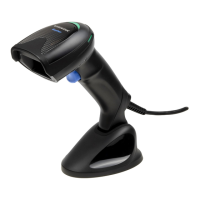
